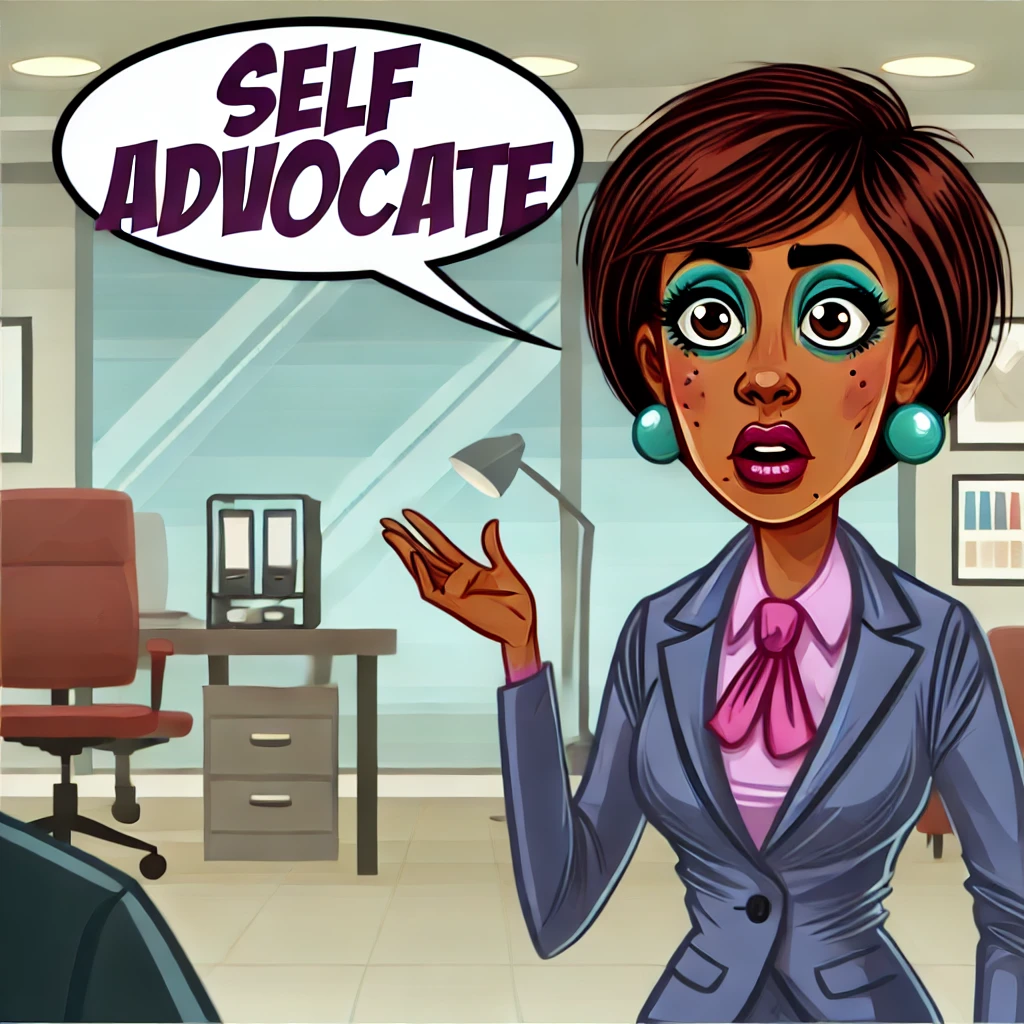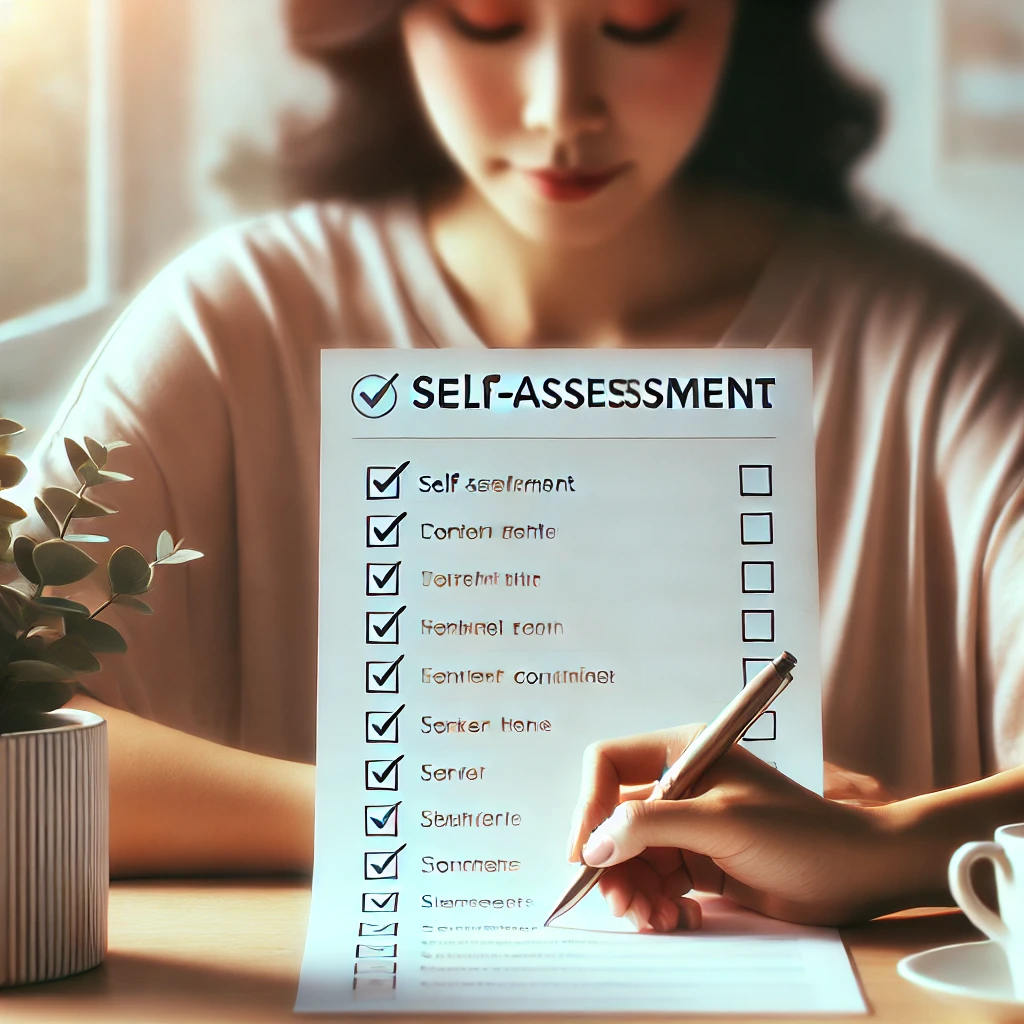
Understanding Inattentive ADHD: A Guide for Women
Inattentive ADHD, previously called Attention Deficit Disorder (ADD), is a subtype of ADHD marked by consistent patterns of inattention and difficulty sustaining focus, with far fewer hyperactive or impulsive traits. This subtype is often overlooked, especially in females, which can lead to underdiagnosis and missed opportunities for effective support. Let’s dive into the unique challenges and considerations of inattentive ADHD, especially as they relate to women.
Why This Is Important to Talk About
Inattentive ADHD manifests more subtly than other ADHD types, often presenting through traits like daydreaming, forgetfulness, and distraction rather than the hyperactivity commonly associated with ADHD. These less disruptive symptoms mean inattentive ADHD can be mistaken for personality traits, mood disorders, or even dismissed as lack of interest. For many women and girls, this results in delayed or missed diagnosis, preventing them from understanding their experiences and finding helpful interventions.
What You Need to Know About Inattentive ADHD
Understanding inattentive ADHD starts with recognizing the nuanced symptoms that may go unnoticed in daily life. Here are key traits and issues specific to inattentive ADHD:
- Daydreaming and Distractibility: Individuals with inattentive ADHD may often seem to be “in their own world,” easily losing focus or getting lost in thoughts during tasks and conversations.
- Forgetfulness: Routine activities, deadlines, or even personal items are often forgotten, leading to frustration or challenges with organization.
- Difficulty with Sustained Focus: Tasks that require extended concentration, especially those that lack novelty or personal interest, can be exhausting and hard to complete.
Why Inattentive ADHD Is Often Missed in Women
ADHD has traditionally been studied with a focus on hyperactivity, which is more common in males. Inattentive ADHD lacks the externalized, hyperactive behavior that is easily observed, making it more likely to be misunderstood or missed in females. Girls are often socialized to be more compliant and are sometimes quieter, which may make their inattentiveness seem like a personal quirk rather than a neurodevelopmental issue. These misconceptions mean that girls and women are at risk of being labeled as unfocused, lazy, or even moody, rather than as individuals with ADHD needing support.
Challenges of Inattentive ADHD Across Life Stages
The symptoms of inattentive ADHD can significantly affect different areas of life, from academics to relationships and mental health.
- Academic Struggles: For children and teens, inattentive ADHD can make school difficult. They might have trouble staying organized, finishing assignments, or focusing during lessons, which can be mistaken for a lack of motivation.
- Social Interactions: Adults with inattentive ADHD may find themselves zoning out in conversations or losing track of discussions, impacting their ability to maintain close friendships and feel connected in social settings.
- Workplace Challenges: In a professional setting, inattentive ADHD can lead to struggles with time management, organization, and following complex tasks, which may hinder career growth and job satisfaction.
- Relationship Difficulties: Personal relationships can be affected by inattentive ADHD due to challenges with communication and emotional regulation, often leaving both partners feeling misunderstood or unheard.
- Mental Health: Inattentive ADHD frequently coexists with mental health issues such as anxiety and depression. These comorbid conditions can complicate diagnosis, as symptoms may overlap or mask each other, leading to misdiagnosis or incomplete treatment.
The Importance of a Gender-Sensitive Approach
When it comes to diagnosing and treating ADHD, a gender-sensitive approach is essential. For women, inattentive ADHD may look different due to gender-specific presentations and societal pressures. Clinicians should be trained to recognize the nuanced symptoms in females and consider how these symptoms interact with mental health. It’s also crucial to develop diagnostic tools and treatment plans that address the unique ways ADHD affects women.
Treatment Considerations
Treatment for inattentive ADHD can involve medications such as stimulants, which are widely effective for managing symptoms. However, for women, treatment should be tailored to include support for emotional regulation, academic or occupational accommodations, and possible co-existing mental health conditions.
What This Means for You
If you suspect you may have inattentive ADHD, you’re not alone—and recognizing these symptoms can be the first step toward finding support. Learning about inattentive ADHD can help you better understand your own experiences and give you the tools to communicate your needs to friends, family, and healthcare providers.
How to Advocate for Yourself
- Be Informed: Understanding inattentive ADHD can empower you to speak confidently about your experiences and advocate for an accurate diagnosis.
- Seek Gender-Informed Providers: Find professionals who understand ADHD in women and are open to a tailored approach for managing inattentive ADHD.
- Communicate Your Needs: In school, work, or relationships, practice sharing specific accommodations or support that helps you thrive.
Self-Care Practices and Strategies for Managing Inattentive ADHD
- Create a Supportive Environment: Use tools like planners, digital reminders, or visual cues to keep track of tasks and deadlines.
- Break Down Tasks: Large tasks can feel overwhelming; break them into smaller steps to make them manageable and rewarding.
- Practice Mindfulness: Techniques like mindfulness meditation can help you stay present and train focus, even if it’s just for a few minutes a day.
- Schedule Regular Check-Ins: Set aside time each week to review and organize your tasks, track your progress, and adjust plans if needed.
- Prioritize Self-Compassion: Recognize that inattentive ADHD is a real condition; being kind to yourself is essential for managing symptoms.
Did You Know?
Research shows that women with ADHD have higher rates of undiagnosed ADHD, leading to untreated symptoms and missed opportunities for support. Early intervention and a supportive environment can make a huge difference, especially for girls and young women who may still be navigating the challenges of school or early career.
Inattentive ADHD is a complex and often misunderstood. By recognizing its unique traits and advocating for a more gender-sensitive understanding, we can start to create a world where all individuals with ADHD receive the respect, support, and empowerment they deserve.





